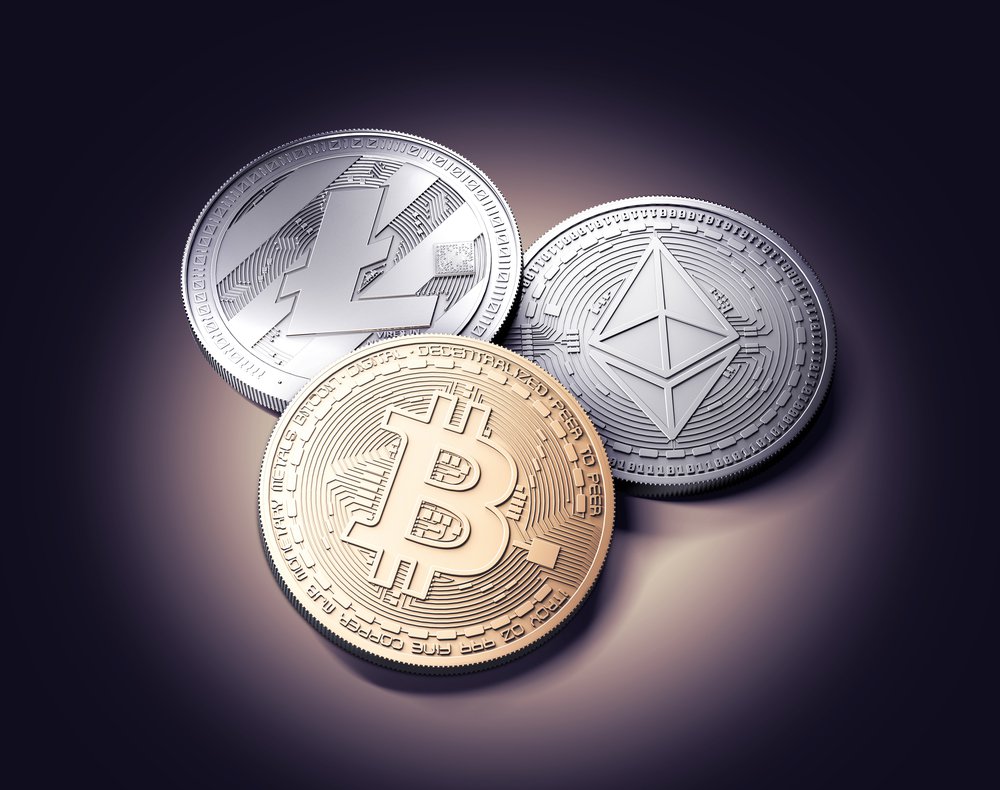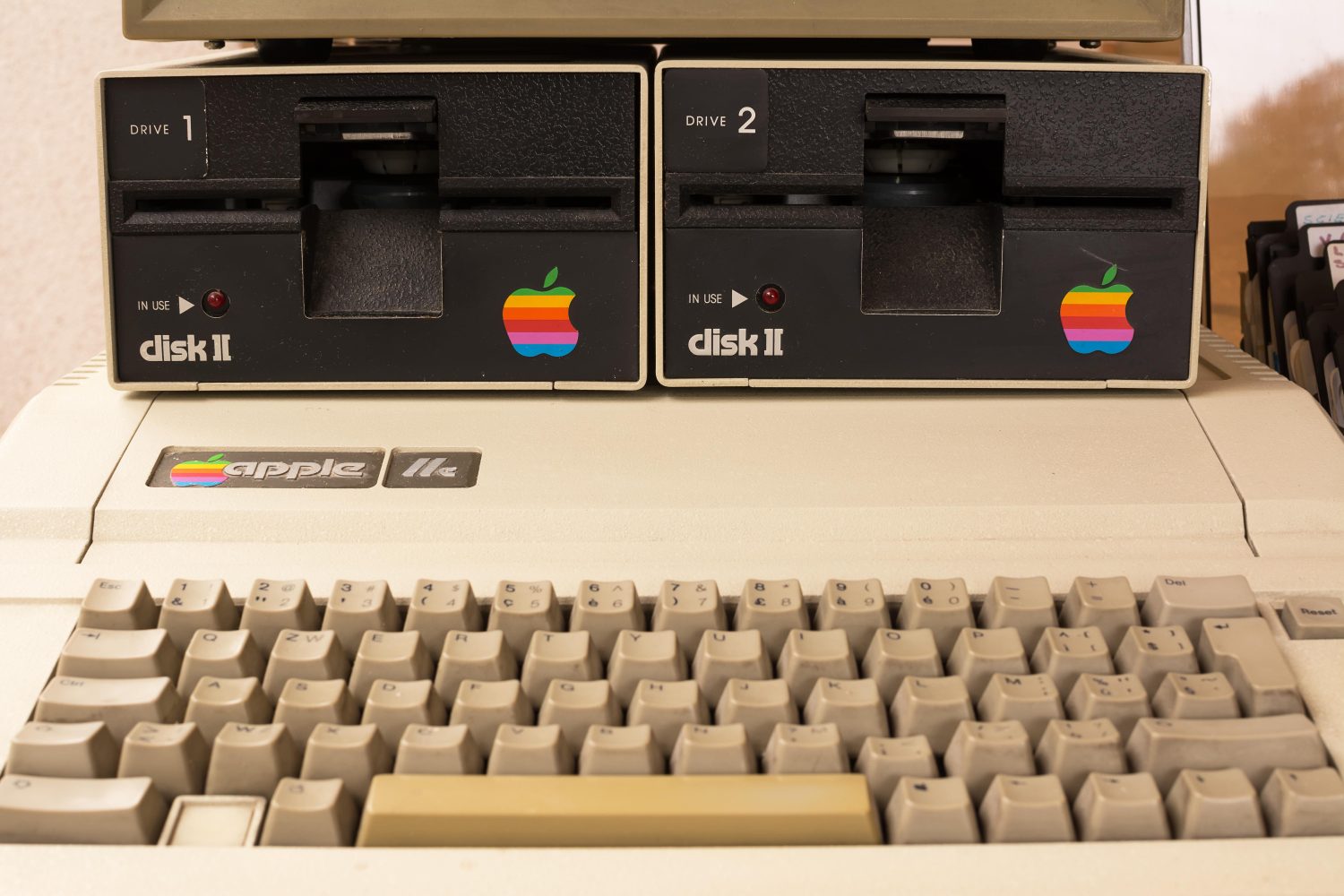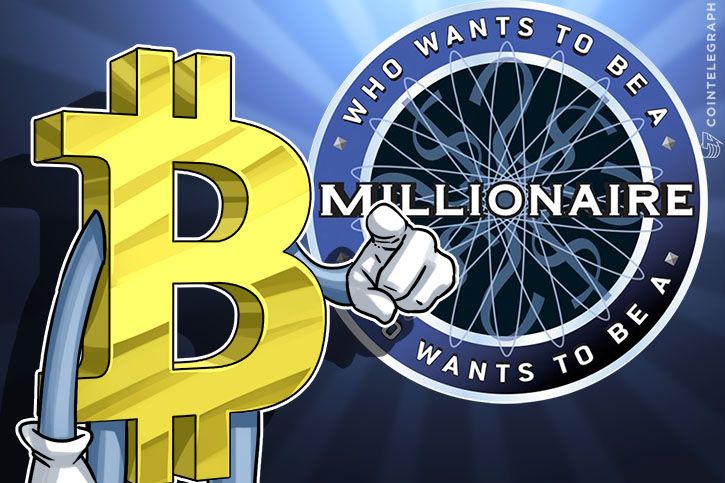
Cryptocurrencies Continue Recovery, Resume 2017’s Growth Trend
Cryptocurrencies continued their recovery from last week’s massive price fallout, resuming the upward trend that has characterized 2017. All but 12 of the top 100 cryptocurrenices posted gains in the last 24-hour period.
Market leaders bitcoin and Ethereum had the smallest gains the last 24-hour period, with the former adding 0.88 points and the latter 1.15 points and market caps of $45 billion and 31.7 billion, respectively.
Bitcoin’s price reached $2,760.61, attempting to reclaim the record $2,864.85 it set on June 9. The price has hovered in the high 2,700 range after falling to a monthly low near $2,100 last week.
Ethereum Recovers From Bottleneck
Ethereum, at $342.27, continued the recovery it began two days ago following two days of losses. Ethereum has been fighting a correction that came from a sudden increase in demand which caused a bottleneck that delayed its transactions.
Despite showing a correction since it peaked at $402 two weeks ago, Ethereum is still showing impressive overall gains this month.
Ethereum has suffered from scaling problems as more new digital currencies opt for the Ethereum platform when holding their initial coin offering (ICO). Status ICO, which raised more than $100 million in Ethereum, caused a demand spike that some exchanges couldn’t handle, causing Ether prices to drop 15% momentarily. This sudden drop also affected other currencies, as nine out of the top 10 registered losses.
Third place Ripple rose 9.19 points to $0.294288 in the last 24-hour period, reaching a $12.7 billion market cap, but still below the $0.348079 it hit on May 16.
Litecoin Hits A Road Bump
Litecoin, the fourth highest market cap at $2.408 billion, was the only currency with more than $1 billion in market capitalization to show a loss in the recent 24-hour period, losing 2.36 points. Litecoin nevertheless has managed to hold the number four spot, following the activation of the Bitcoin Core development team’s transaction malleability fix Segregated Witness (SegWit), which led to an increase in the demand for Litecoin and a significant surge in development. Within months after the activation of SegWit, Litecoin creator Charlie Lee announced his resignation and his intent to focus on the development of Litecoin full time, which further increased the expectation of the cryptocurrency community and market toward Litecoin.
Within three months, Litecoin’s market cap increased from $200 million to a staggering $2.5 billion, recording a 1,150 three-month increase. In that short period of time, Litecoin surpassed Ethereum Classic, Dash and NEM in market capitalization.
More importantly, the mid-term increase in the market cap of Litecoin, the activation of SegWit, successful testing of Lightning Network on Litecoin, issuance of services by companies such as BitGo and the shift in focus from Litecoin creator Charlie Lee further triggered the currency’s development community.
On June 19, Bitstamp, the eighth largest Litecoin trading platform within the U.S. Litecoin exchange market, announced the integration of BitGo’s Litecoin multi-signature security service. Although the majority of Litecoin trades are processed within the Chinese Litecoin exchange market and Bitstamp only accounts for a fraction of global Litecoin trading, it marked the first case in which a major international digital currency trading platform has integrated BitGo’s security services to secure Litecoin transactions.
IOTA Gained The Most
Among those with more than $1 billion in market capitalization, IOTA, number 7, posted the biggest gain as the price hit $0.525929 for a $1.461 billion market cap, a 26.48 point gain. IOTA has continued recovering since suffering one of the largest losses last week, when it dropped 36.5 points in a 24-hour period.
David Ogden
Entrepreneur
Author: Lester Coleman
Alan Zibluk – Markethive Founding Member











